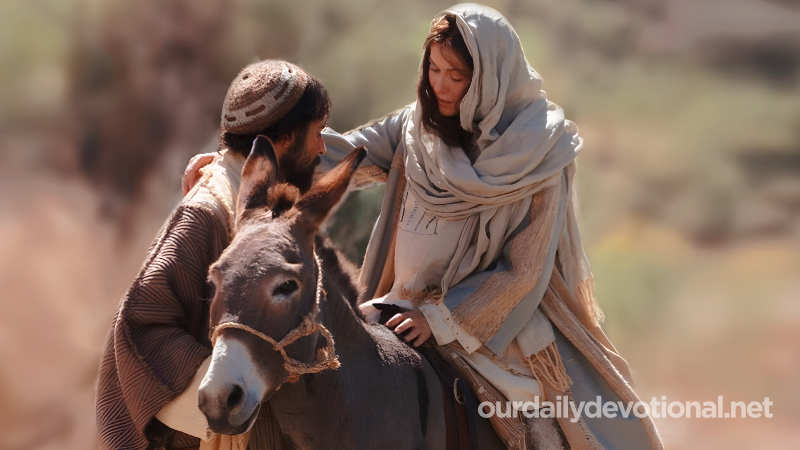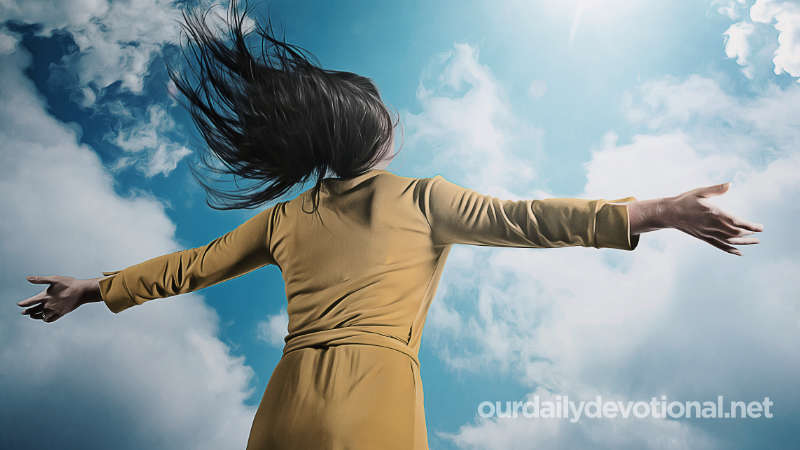Guardians placed east of Eden to prevent Adam and Eve from reaching the tree of life after their fall and expulsion from paradise (Gen. 3:24).
When the ark of the Tabernacle was built, two cherubim were placed in one piece with the cover or mercy seat, facing each other, one at each end, and covering it with their wings (Ex. 25:18-20; 37:7- 9; see MERCY).
They were a symbol of the presence of the Lord and the distance that separates him from the sinner; His glory was manifested between the cherubim (Lev. 16:2). God thus dwelt among his people; Jehovah was present in the Tabernacle to receive worship (Ex. 25:22; Lev. 1:1; see TABERNACLE).
There are numerous passages that allude to the presence of Jehovah among the cherubim (Num. 7:89; 1 Sam. 4:4; 2 Sam. 6:2; 2 Kings 19:15; Ps. 80:2; 99 :1; Isa. 37:16).
There were figures of cherubim embroidered on the tapestries of the Tabernacle (Ex. 26:1). Solomon's Temple, much more splendid, had two gigantic cherubs.
Its height was 10 cubits, or almost 5 m., and the span of the arch formed by the two wings was 10 m. These cherubs, made of olive wood, were covered with gold (1 Kings 6:23-28; 8:7; 2 Chron. 3:10-13; 5:7, 8; Heb. 9:5). There were cherubs, as well as palm trees and open flowers, carved around the walls of the Temple (1 Kings 6:29).
On the banks of the Chebar, Ezekiel had a vision of cherubim. Each of them had four faces and four wings (Ez. 10:1-22; cf. 9:3).
These cherubim appear identical to the four living beings that the prophet had previously seen; The four faces were: a man, a lion, an ox and an eagle (cf. Ez. 1:5-12 and 10:20-21).
The cherubim were bearers of Jehovah's throne (Ez. 1:26-28; 9:3).
The apostle John gives, in Revelation, the description of four living beings with faces similar to those of these four cherubim (Rev, 4:6, 9).
The Assyrians and other Semitic peoples made representations of symbolic winged creatures, especially winged lions and bulls that guarded the entrances to their temples and palaces.
The Egyptians also placed winged beings in some of their sanctuaries. Fabulous animals have been discovered from the Hittites, such as sphinxes with the body of a lion and the head of an eagle.
A throne of King Hiram of Byblos was supported by two creatures with a human face, a lion's body and large wings. These hybrid representations appear hundreds of times in the iconography of Western Asia since ancient times.
Thus, archeology documents the transmission of a tradition that undoubtedly had its origin at the dawn of humanity, and whose true meaning has been recorded in the Scriptures.
Meaning of CHERUB
Guardians placed east of Eden to prevent Adam and Eve from reaching the tree of life after their fall and expulsion from paradise (Gen. 3:24).







